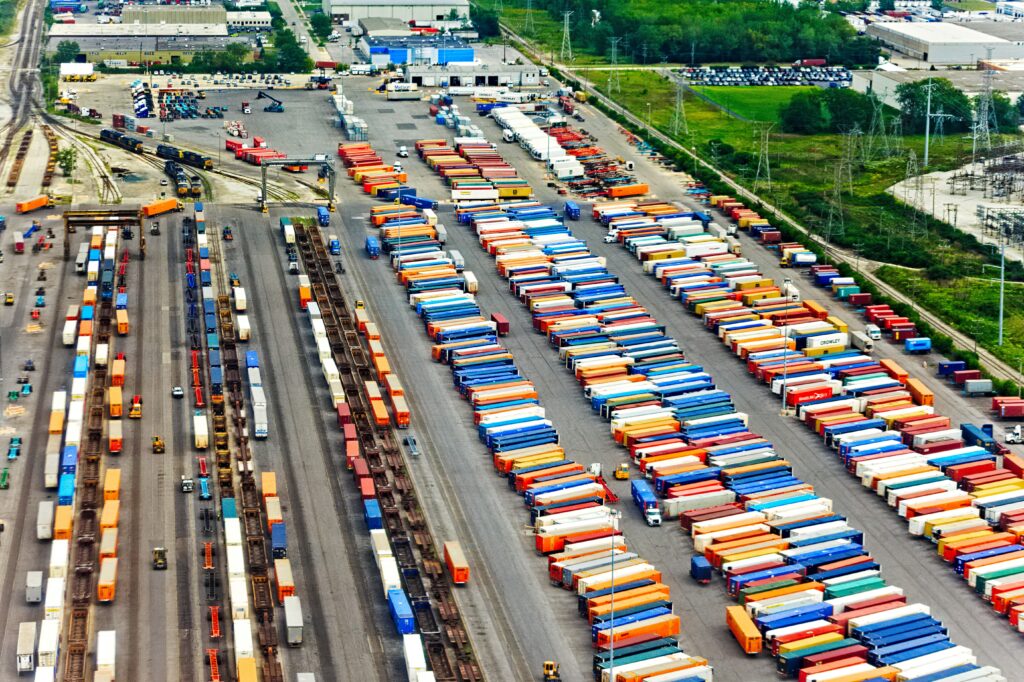The Role of Data in Intermodal Visibility

Supply Chain Dive posted an article stating that carrier data is key to solving “intermodal visibility issues.” It cites researchers at Kühne Logistics University, whose research concluded that while the flow of intermodal cargo isn’t linear, the need for data sharing across sectors is what’s missing from effective intermodal transportation.
The article highlights the inconsistencies that we hear from retailers and intermodal carriers (IMCs). Major retailers say they don’t manage their shipments at the granular level; so an ETA on individual shipments is not their first priority. Instead, they use weekly scorecards to rate carriers after they’ve sent out shipments. However, this article is just one of the many we’ve read arguing that greater visibility and more exact ETAs are crucial. In fact, an entire industry (i.e. Project44, FourKites and a number of others) were developed, with the sole value proposition of providing better ETAs. But is that really what shippers want?
Media tends to portray the rail network as a black hole, arguing that major shippers aren’t able to find the location of their $30,000 container (for example). This isn’t the case. You absolutely can use railroad data, or any Transportation Management System’s (TMS) data, to find your cars. IMCs and ocean shippers do get notified when the container is available and on a chassis. Railroads notify ocean carriers; then the ocean carriers send a pick-up number to the cargo owner, once the container is available. For domestic, the IMC is notified once the container is put onto a chassis. In both scenarios, IMCs and ocean carriers also receive the location of the container in the yard (although it is not always accurate).
While IMCs and ocean shippers can track their containers with some details, there does need to be more data transparency and sharing if any rail user is to have network visibility. When carriers hold back their data — and this article suggests they do it more than you’d think — the “beneficial cargo owner misses out on the ability to better understand their network.” The article also cites that “some links in the supply chain might just not have good enough data to share, further compounding the issue.”
At the end of the day, rail users — no matter their size — can benefit from network visibility. They may not see the use in tracking ETAs for every container, but the ability to plan shipments around rail traffic? That’s true data transparency and visibility. Focusing on the network is what elevates individual companies, as well as the entire supply chain.
Click here to read the full Supply Chain Dive article.
